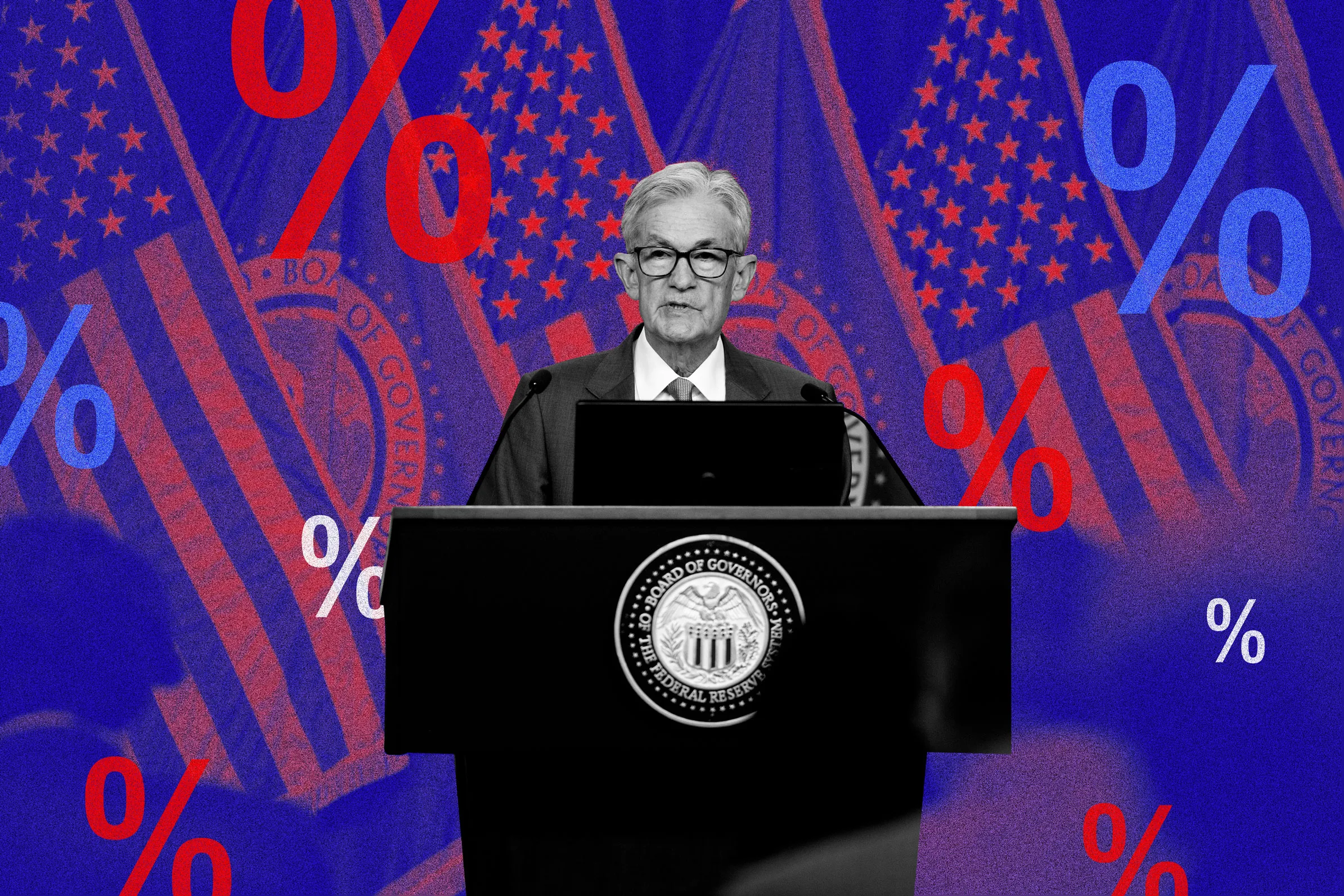The wait is finally over. For the first time since March 2020, the Federal Reserve has cut short-term interest rates.
On Wednesday, Fed Chairman Jerome Powell announced the central bank would reduce the federal funds rate — what banks charge each other for overnight loans — by 0.50 percentage points to a target range of 4.75%-5%. The announcement is welcome news to a housing industry that has seen a slump in home sales over the past year and a half, mainly because of high mortgage rates.
But anyone expecting mortgage rates to immediately nosedive due to the central bank’s actions should “hold their horses,” says Melissa Cohn, regional vice president at William Raveis Mortgage.
Will mortgage rates decrease after the Fed rate cut?
Cohn explains that changes in the federal funds rate don’t directly affect mortgage rates. Instead, they tend to be influenced by the bond market and the yields paid to investors. Bonds, in turn, are influenced by the economy and labor market’s overall strength.
Because the reduction in rates was so widely anticipated, many lenders have already priced it into their loan offerings. Mortgage rates have dropped by more than half a percentage point over the past six weeks based on signs of a slowing economy and the expectation of a rate cut this month.
While Cohn and other housing experts expect mortgage rates to continue to move lower, the decline will likely be gradual and extend through the rest of the year (and into 2025). But there could be some bumps along the way.
Exactly how fast rates decrease will depend on how the economy is doing, says Danielle Hale, chief economist at Realtor.com, adding that “the weaker the labor market data and lower the inflation rate, the faster mortgage rates will decline, and vice versa.”
Rate movement will also depend on hints the Federal Reserve may give about future cuts, Hale says. Indications of a quick succession of large rate cuts would lead to lower rates over a shorter time, while a slow and steady approach would give way to a longer, more moderate downward trend.
How will rate cuts impact the housing market?
Lower mortgage rates have already provided an improvement in affordability. Prospective buyers currently active in the market are better positioned to take advantage of declining rates and could save more than $200 a month on a $300,000 loan compared to May 2, when rates hit a year high of 7.22%.
However, those savings could increase as rates trend lower, prompting some would-be buyers to hold out for a more significant rate decline. According to Fannie Mae’s most recent Home Purchase Sentiment Index, the percentage of American consumers who say they expect mortgage rates to continue to decline over the next year recently notched a survey high of 39%.
Although increased affordability is good for buyers, there is a downside. Demand for available homes will likely increase as more buyers return. In a housing market where inventory has improved but is still not back at pre-pandemic levels, a significant increase in demand without a corresponding increase in supply could cause home prices to soar again.
Whether rates can go low enough to offset higher prices remains to be seen. In the meantime, Hale says that house hunters “who are faster to take advantage of lower mortgage rates could reap the benefits of added purchasing power before buyer competition ramps back up.”
More from Money:
8 Best Mortgage Lenders of 2024
What the Fed’s Rate Cut Will Mean for Savers, Investors, Homeowners and More
Current Mortgage Rates
